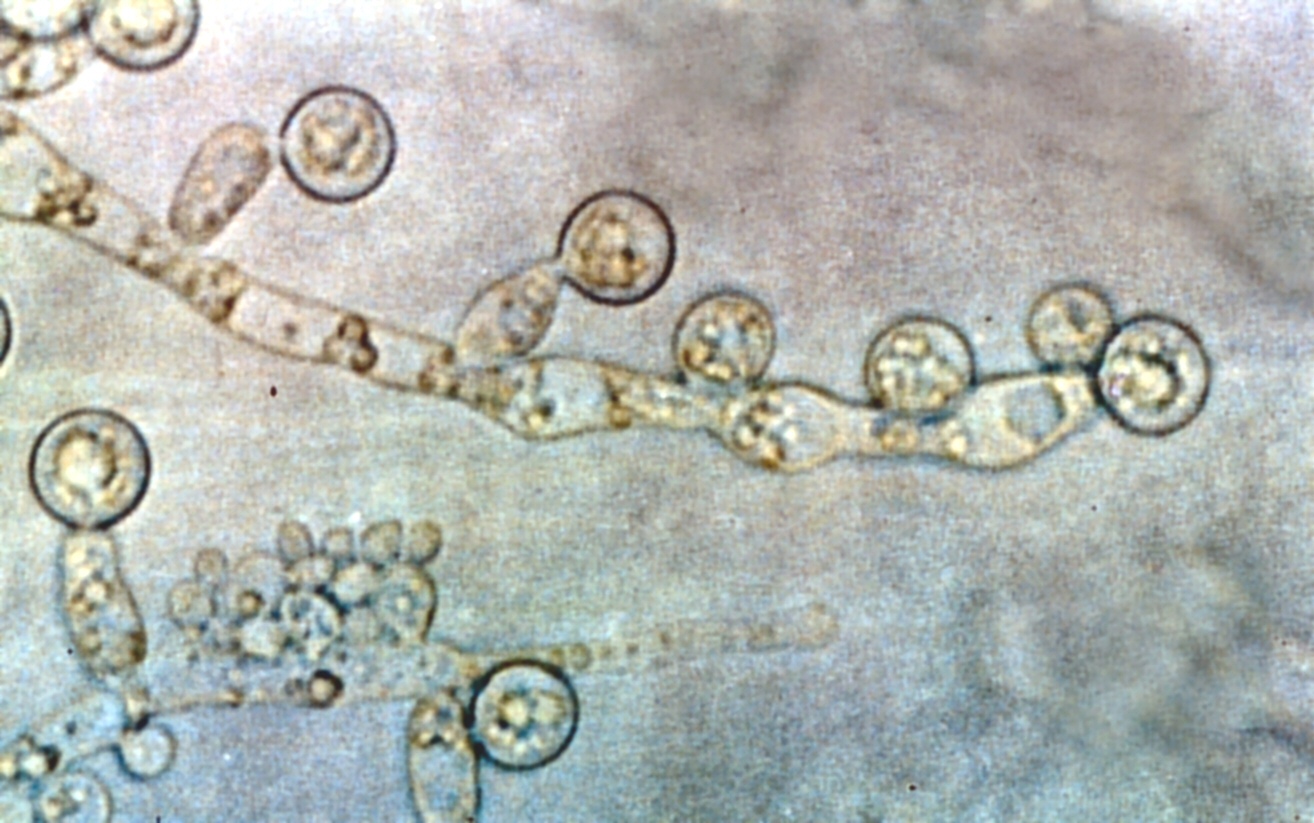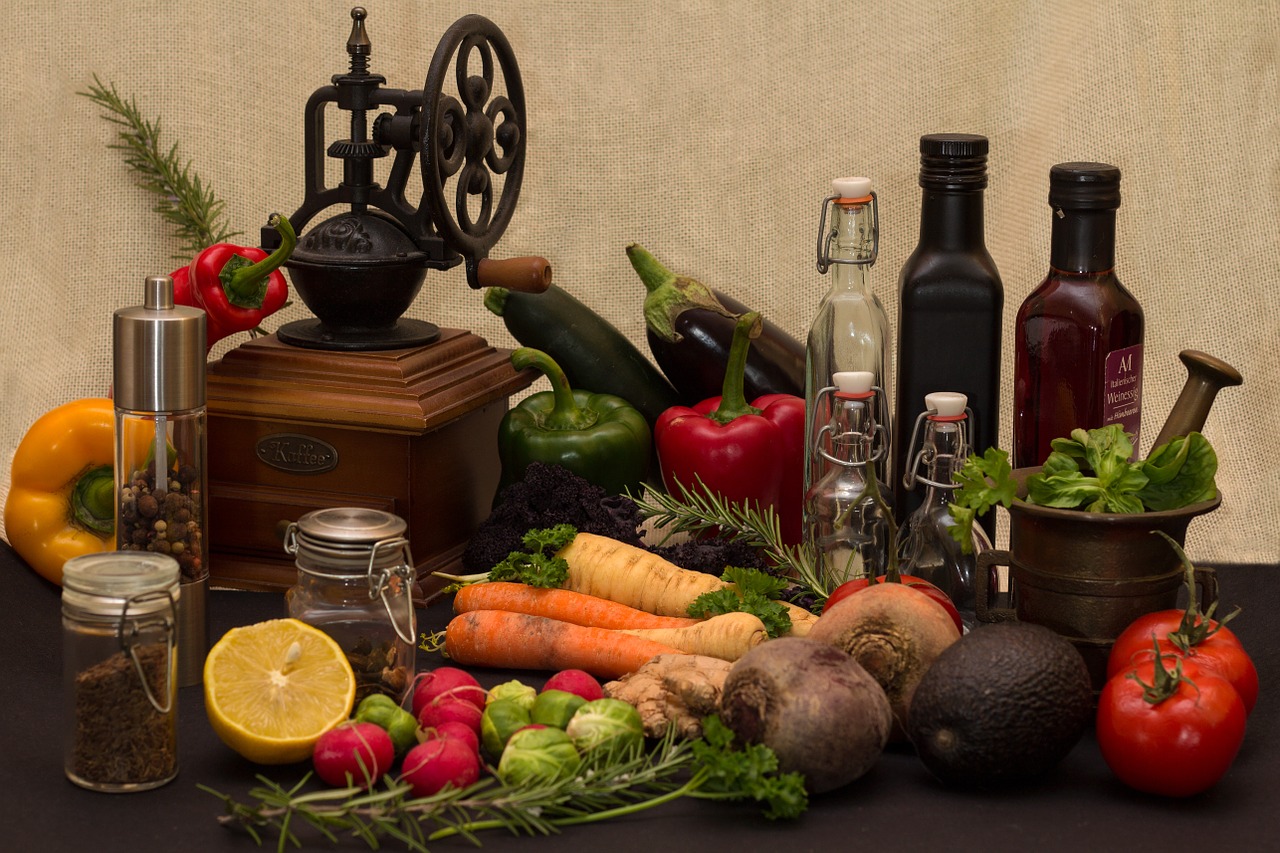- Home
- candida yeast
Blog Categories
Recent Posts
Fermented Foods and Candida
Posted by on
Yeast. It’s a word with a confusing role in our body’s microbiota. We need a certain amount of it, and strains like Saccharomyces boulardii lyo are commonly recommended after gut infections. We use it to ferment alcohols, make breads like sourdough, and improve digestion. Yeast is also often seen as a villain; the source of nasty infections and a symptom of a gut microbiome that’s way out of whack. But what is the relationship between fermented foods and candida yeast? How do we deal with candidiasis naturally? And can we?
If you’re curious about candida and want to know what role fermented foods play in candida infections, keep reading. We’ve got the answers you’ve been looking for, and a few extra resources to help you learn more.
What is Candidiasis?

Candida albicans. Photo by GrahamColm1.
We’ve all heard the terms candida and candidiasis, but not everyone knows what it is. Candida are a family of fungi that are naturally found in our bodies. Most often, they grow without causing any problems, and are a normal part of the microbiome of our digestive system’s microbiome. Candida is normally a good thing to have – it can help with digestion and nutrient absorption. But when the population of these fungi grows out of control, they can cause everything from oral thrush to vaginal infections or systemic and life-threatening illness.
Most often, Candida albicans is the strain responsible for making us ill. Illness and disease caused by fungal overgrowth is known as mycosis, so if you are dealing with a candida overgrowth, your doctor may also use this term.
According to an article by Dr. Amy Myers on Mind Body Green 2, symptoms of candidiasis include the following:
- Frequent or recurrent skin or nail fungal infections
- A diagnosis of chronic fatigue or fibromyalgia
- Feeling rundown and tired
- Digestive problems like bloating, diarrhea, gas, constipation, and discomfort
- A diagnosis of autoimmune disease
- Lack of focus, feeling like you are “in a fog”, ADD, ADHD, and poor memory
- Skin conditions like eczema and psoriasis
- Anxiety, depression, mood swings, and irritability
- Frequent itching or infection of the vagina or rectum
- Itchy ears, severe seasonal allergies
- Recurrent urinary tract infections
- Strong cravings for carbs and sugar
As you can see, there are plenty of conditions that can mimic these symptoms, including celiac disease. In order to know if you are really dealing with a candida overgrowth, you need to take a laboratory test to confirm your suspicions. Myers lists blood, stool, and urine tests that are available to check for the condition.
How Can You Prevent Yeast Overgrowth?

Candida is a yeast. Yeast, as anyone fond of fermentation knows, thrives on sugar. If you eat a diet high in sugar, refined carbohydrates, drink often, and live a high-stress lifestyle, a candida infection could be in your near future. Unhealthy habits aren’t the only source of candidiasis, though. Some healthy fermented foods like kombucha and sauerkraut can actually provoke yeast overgrowth under the right circumstances. This is particularly true if you’ve just finished a course of antibiotics or are taking high doses of oral contraceptives.
Knowing that candida can be caused by healthy habits as well as unhealthy ones can be a little frightening for some folks. The Healthy Gourmet lists a few steps you can take to prevent the overgrowth of candida 3:
- Spice things up with natural antifungal spices, like oregano, cloves, cinnamon, cayenne, and garlic
- Eat plenty of insoluble fiber
- If they are available in your area, eat raw cultured dairy products
- Keep your body’s fats in balance and indulge in healthy fats like coconut oil, lard, and ghee made from raw, grass-fed butter
- Avoid grains, which can be sources of mycotoxins
- Carefully and thoroughly wash all fruits and vegetables, no matter where you source them from
- Regularly disinfect your bathroom and make sure it has adequate ventilation
- Change the air filter in your bathroom regularly
Are Fermented Foods Bad for People with Candida Overgrowth?
Fermented foods get a bad reputation for candida, but it’s not an accurate one. Fermented foods and candida are often seen as best buds, but it’s not true. Sure, there are some types of healthy fermented foods out there that can be tied to candida overgrowth at times – kombucha is a famous example – but that doesn’t mean all fermented foods are bad for candida. In fact, lacto-fermented vegetables and fruits are a powerful natural weapon that you can use against candida overgrowth.
If you are dealing with candida overgrowth, don’t rush to the store for vinegar-brine pickles or sauerkraut. That won’t help you, and could actually make your candida problem worse. Instead, make your own lacto-fermented vegetables at home using a reliable and fast-acting starter culture 4, or buy lacto-fermented vegetables from a trusted source . The mix of healthy probiotics found in lacto-fermented vegetables can help to reduce candida growth and improve the health of your gut microbiota.
Can You Defeat Candida Yeast Infections with Fermented Foods?

You might be tempted to think that fermented foods can defeat candida on their own. In some cases, that might be true. Often, however, they need a little help. Fermented foods and candida aren’t polar opposites, and they aren’t companions, either. The truth is much more complex. While fermented foods can help to restore balance to your gut microbiota, they won’t defeat candida overgrowth unless you cut back on the foods that feed it in the first place.
In order to defeat candidiasis, you need to limit your sugar and processed carb intake, improve your healthy fat intake, and eat plenty of insoluble fiber, among other things. The same steps that can help to prevent candida overgrowth can help to defeat it, too. If you don’t seem to be making any progress despite diet modifications, it’s time to see a professional. Ask your physician or medical practitioner for advice. It’s no one’s favorite route, but if your mycosis is severe, you may need to use medicine to treat it. Don’t forget to turn to the farmacy before the pharmacy, however!
Learn More About Fermented Foods and Candida Yeast:
- http://healinggourmet.com/candida-diet/top-15-foods-that-fight-candida/
- http://www.yeastinfection.org/why-fermented-and-cultured-foods-with-candida/
- http://draxe.com/treating-candida-with-fermented-vegetables/
- http://www.culturedfoodlife.com/candida-and-cultured-foods/
Image credits: GrahamColm and Pixabay
References:
1. http://en.wikipedia.org/wiki/Candida_albicans#/media/File:Candida_albicans_2.jpg
2. http://www.mindbodygreen.com/0-8376/10-signs-you-have-candida-overgrowth-what-to-do-about-it.html
3. http://healinggourmet.com/candida-diet/top-15-foods-that-fight-candida/
4. http://www.cuttingedgecultures.com/
Information provided in this communication is not designed to and does not provide medical advice, professional diagnosis, opinion, treatment or services to you or to any other individual. This is general information for educational purposes only. The information provided is not a substitute for medical or professional care, and you should not use the information in place of a visit, call consultation or the advice of your physician or other healthcare provider. Wise Choice Marketing Inc is not liable or responsible for any advice, course of treatment, diagnosis or any other information, services or product you obtain through Wise Choice Marketing Inc.


 Loading... Please wait...
Loading... Please wait...













